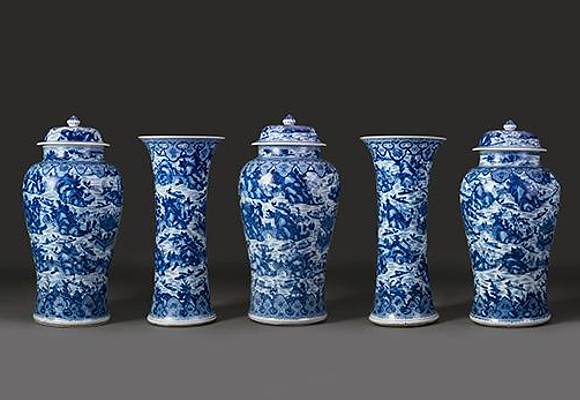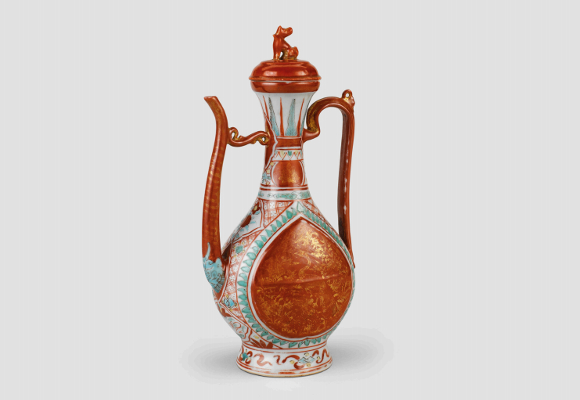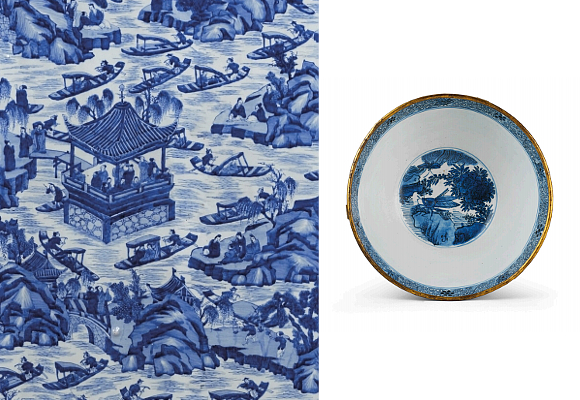Chinese Ceramics at The Met
Important Brazilian collection of Chinese Ceramics makes World debut at The Met.
An international loan exhibition of 60 exquisite and unusual Chinese ceramics drawn from a Brazilian private collection—never before exhibited publicly—is now on view at The Metropolitan Museum of Art through August 7. Global by Design: Chinese Ceramics from the R. Albuquerque Collection focuses on the period—from the late 16th to the 18th century—when Chinese porcelain became a global luxury, transforming both the European ceramic industry and styles of dining and drinking.

The introduction of porcelain to Europe can be traced to the period between the late 15th and early 16th centuries known as the «Age of Exploration.» This period includes both the discovery by Vasco da Gama (1460–1524) in 1498 of a maritime route around the Cape of Good Hope in Africa to South and East Asia, and the slightly earlier travels of Christopher Columbus (1451–1506) that led to the discovery of the Americas. Supported by Portuguese and Spanish courts, both explorers were searching for a sea route that would provide quicker access to coveted Asian luxuries, including tea, spices, silk, and porcelain.
When the Portuguese first reached China in the 16th century, the extensive kiln complex at Jingdezhen in Jiangxi Province in the southeast dominated porcelain production. (China and, to a lesser extent, Korea were the only places in the world making porcelain at that time.) Portuguese rulers were the first Europeans to commission works from China, and these early–commissioned objects are among the rarest works on view in the exhibition. They include pieces with royal designs, such as a flattened bottle with a coat of arms, and Catholic imagery, such as a delicate bowl with the opening lines of the Hail Mary.
By this time, porcelain had long been treasured in inner–Asian trade, particularly with the Islamic world, and shapes and designs from the Middle East, which had been incorporated into the porcelain industry, were also transmitted to Europe. In the exhibition, a rare example of a kraak dish (ca. 1628–1642) depicting two Persian figures and made for either the Islamic world or Europe provides one example of these complicated interchanges. (The term kraak derives from the Portuguese word for «ship» and is often used in Western sources to define Chinese porcelains made specifically for export in the late 16th and early 17th centuries.) In addition, an unusual bowl with pierced decoration and the Islamic profession of faith has European gilt mounts, indicating its fascinating journey from China to the Islamic world and, ultimately, Europe.


